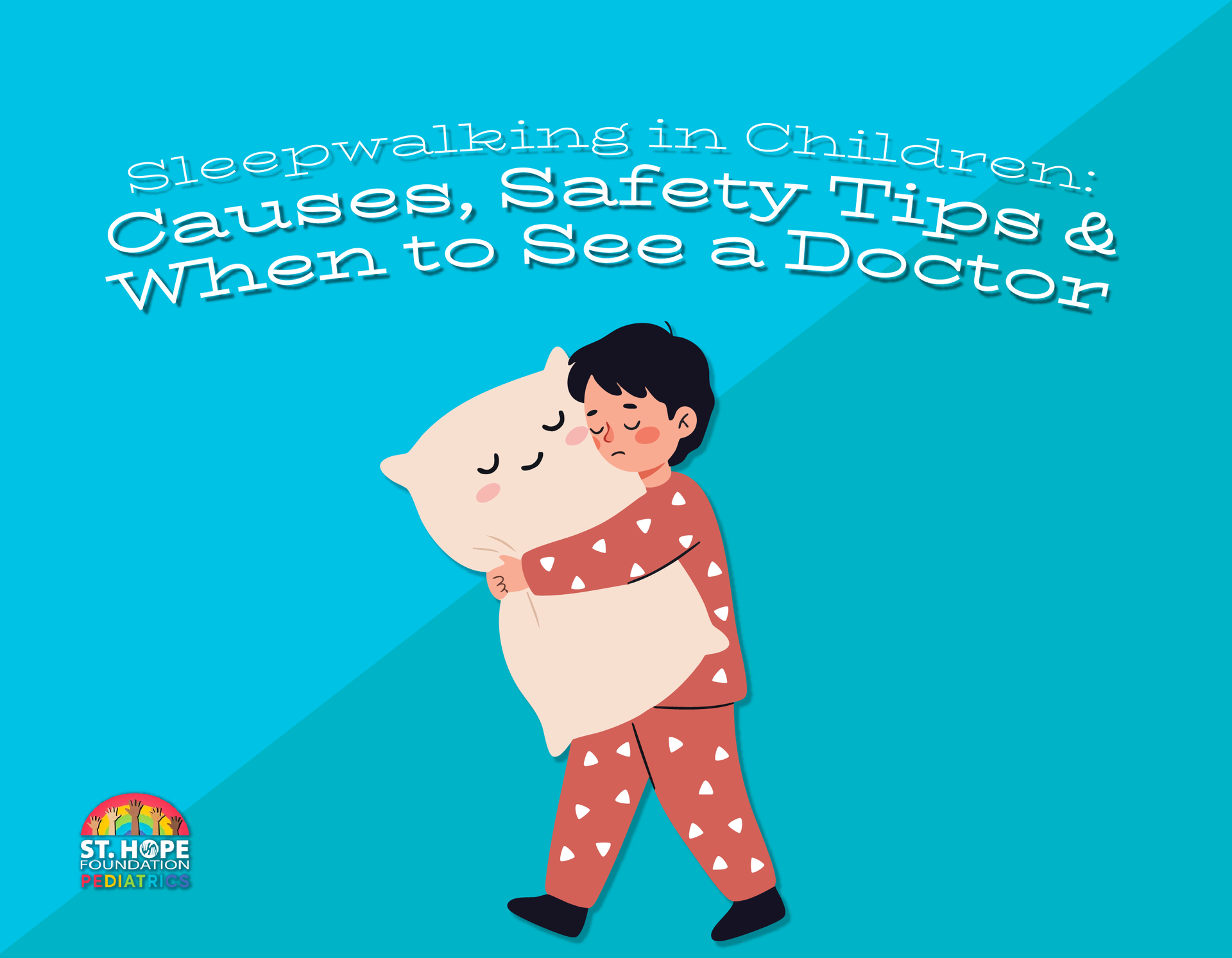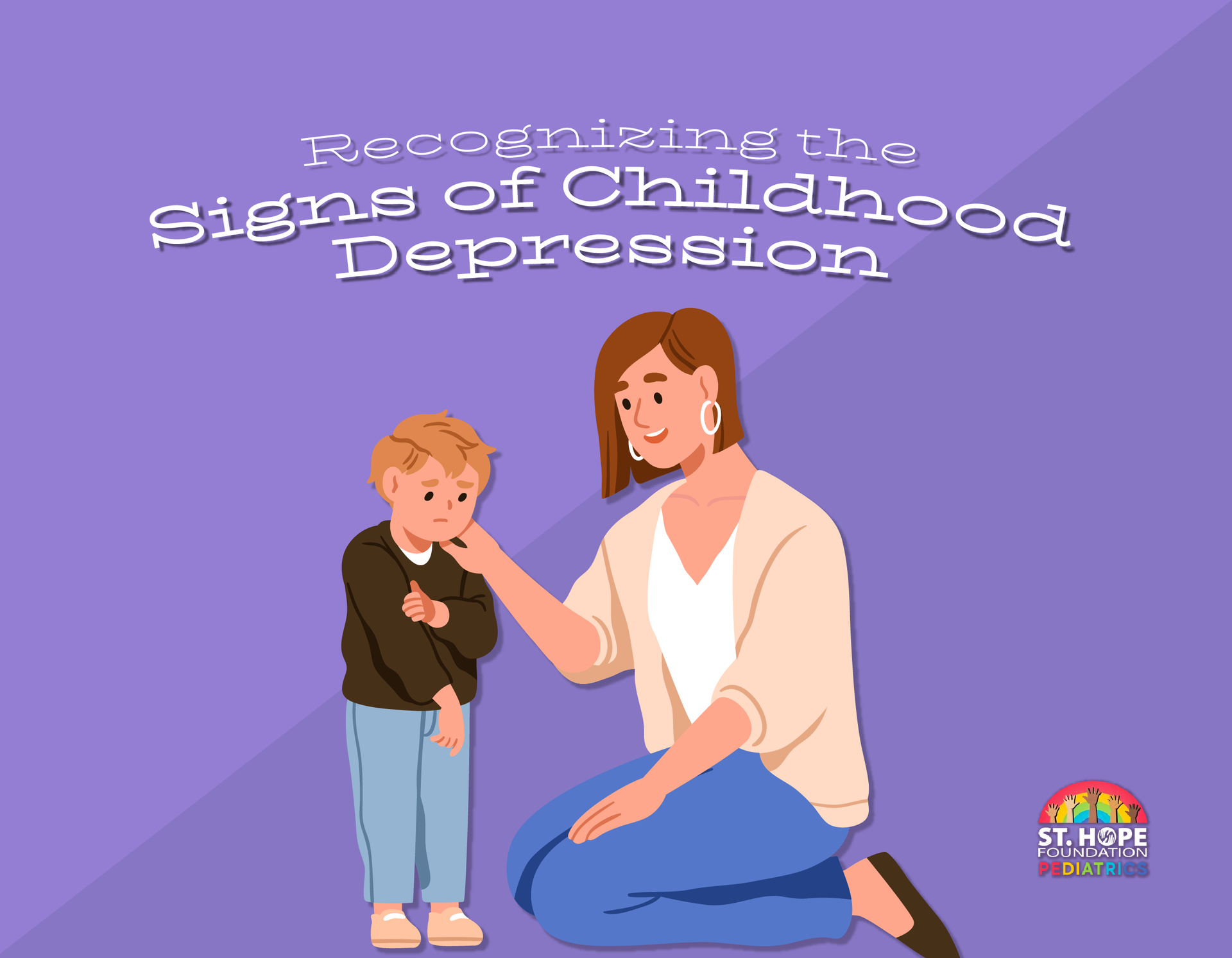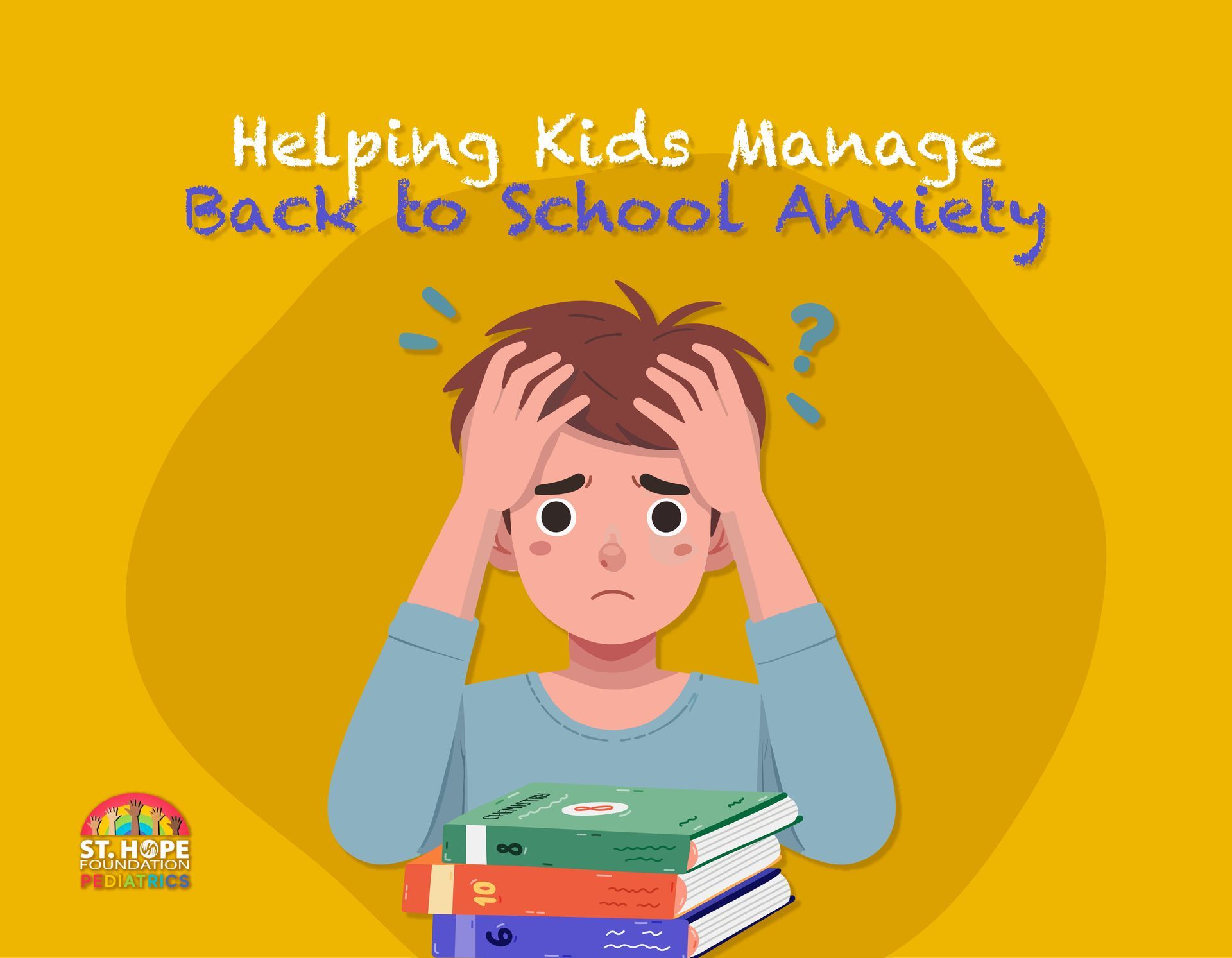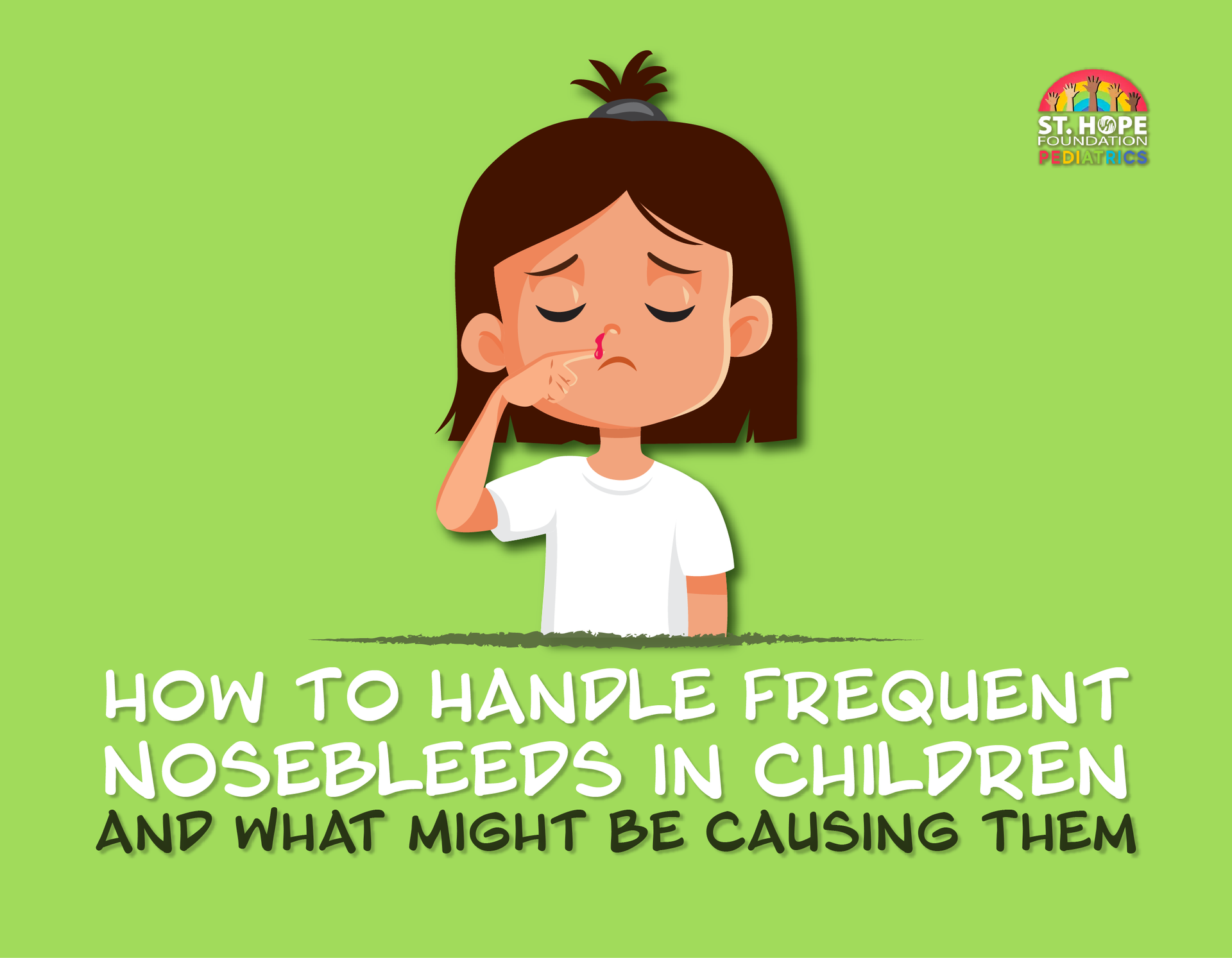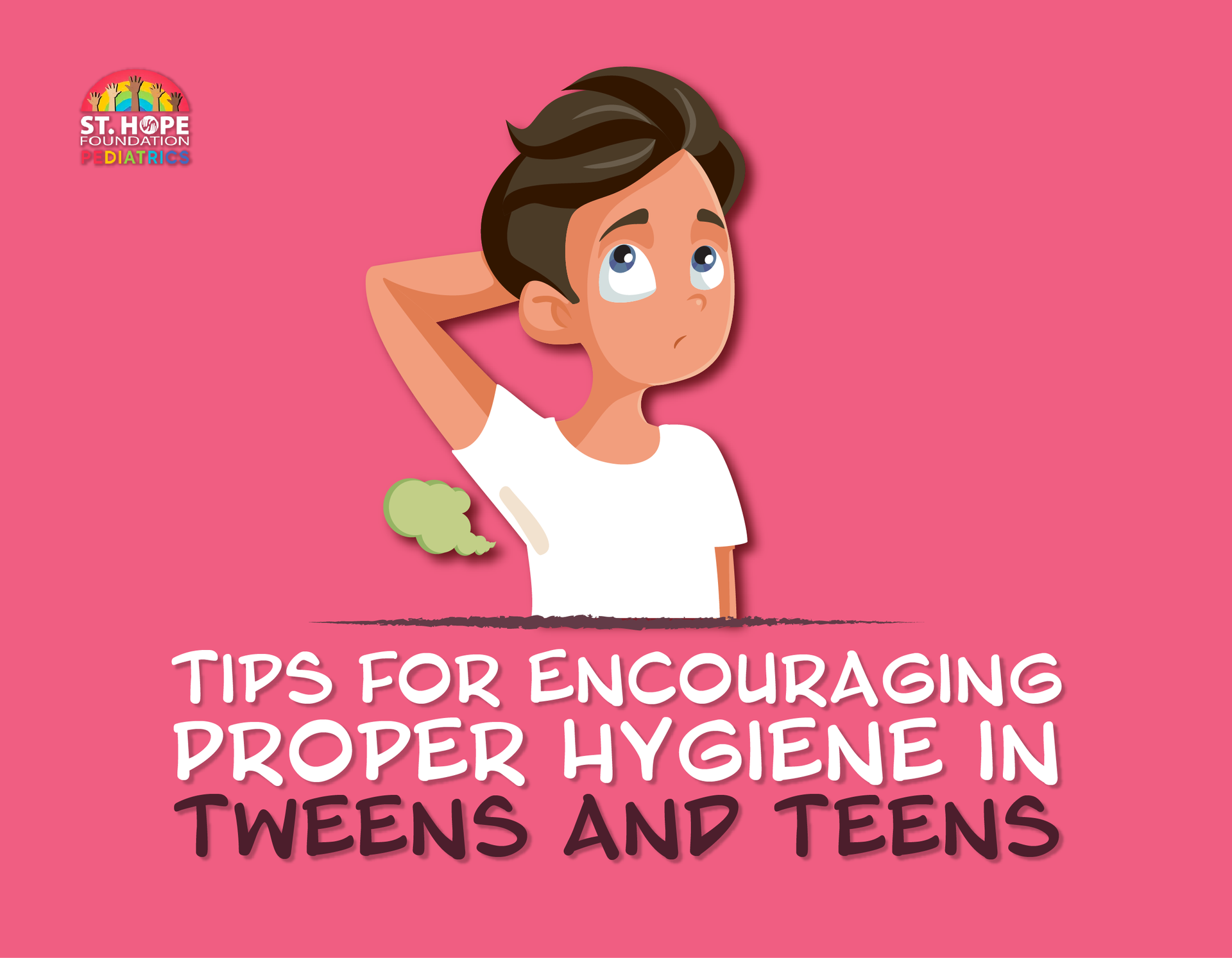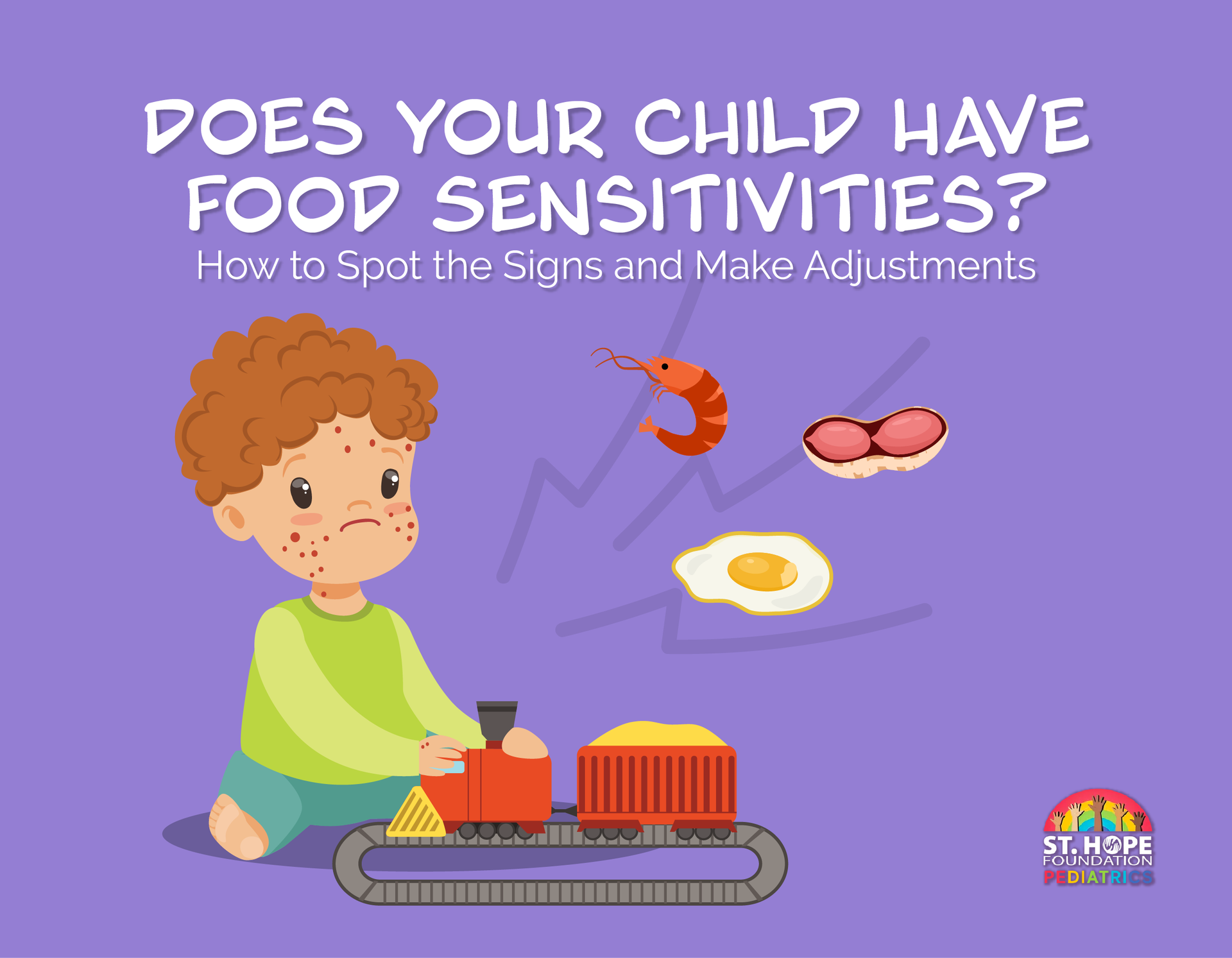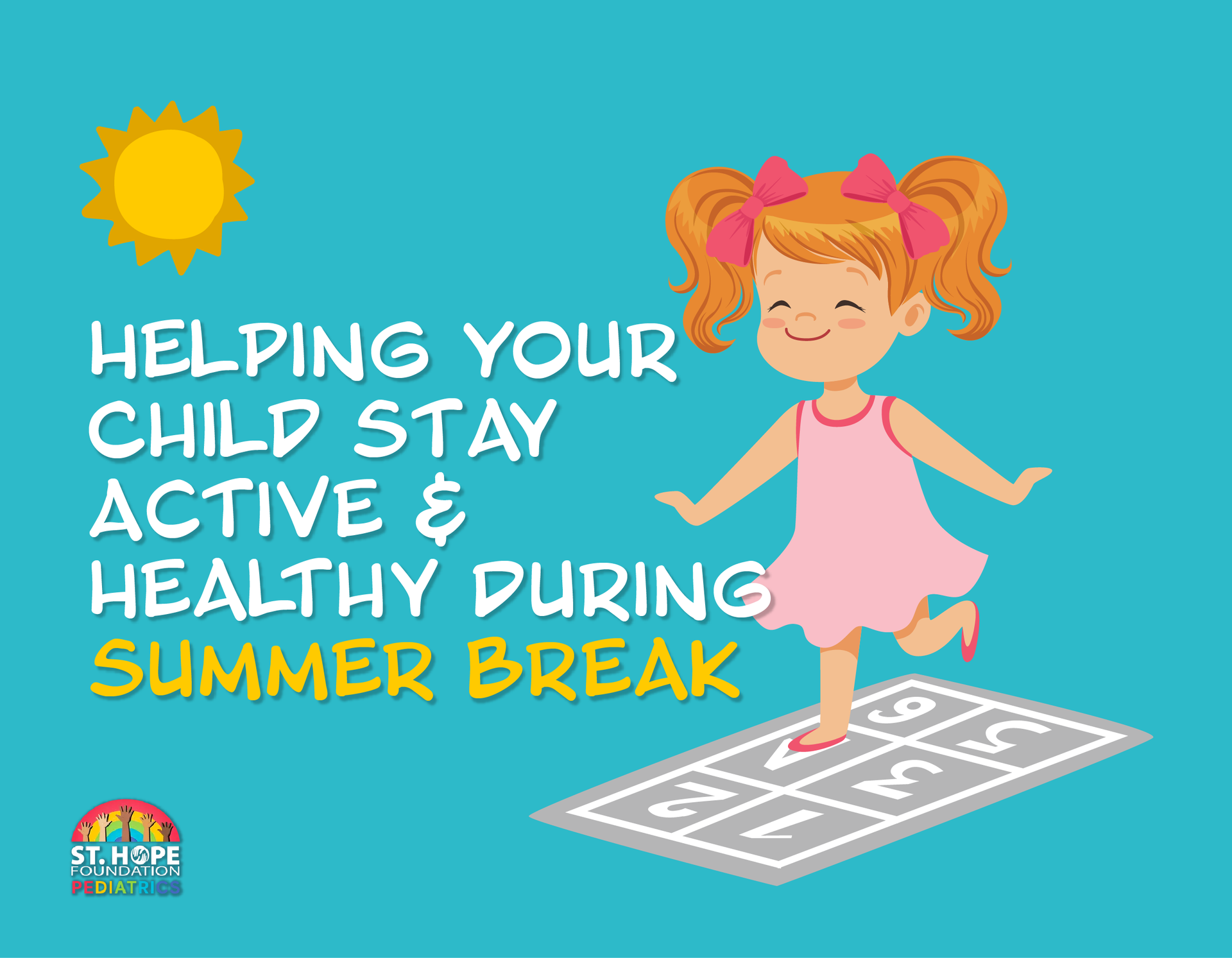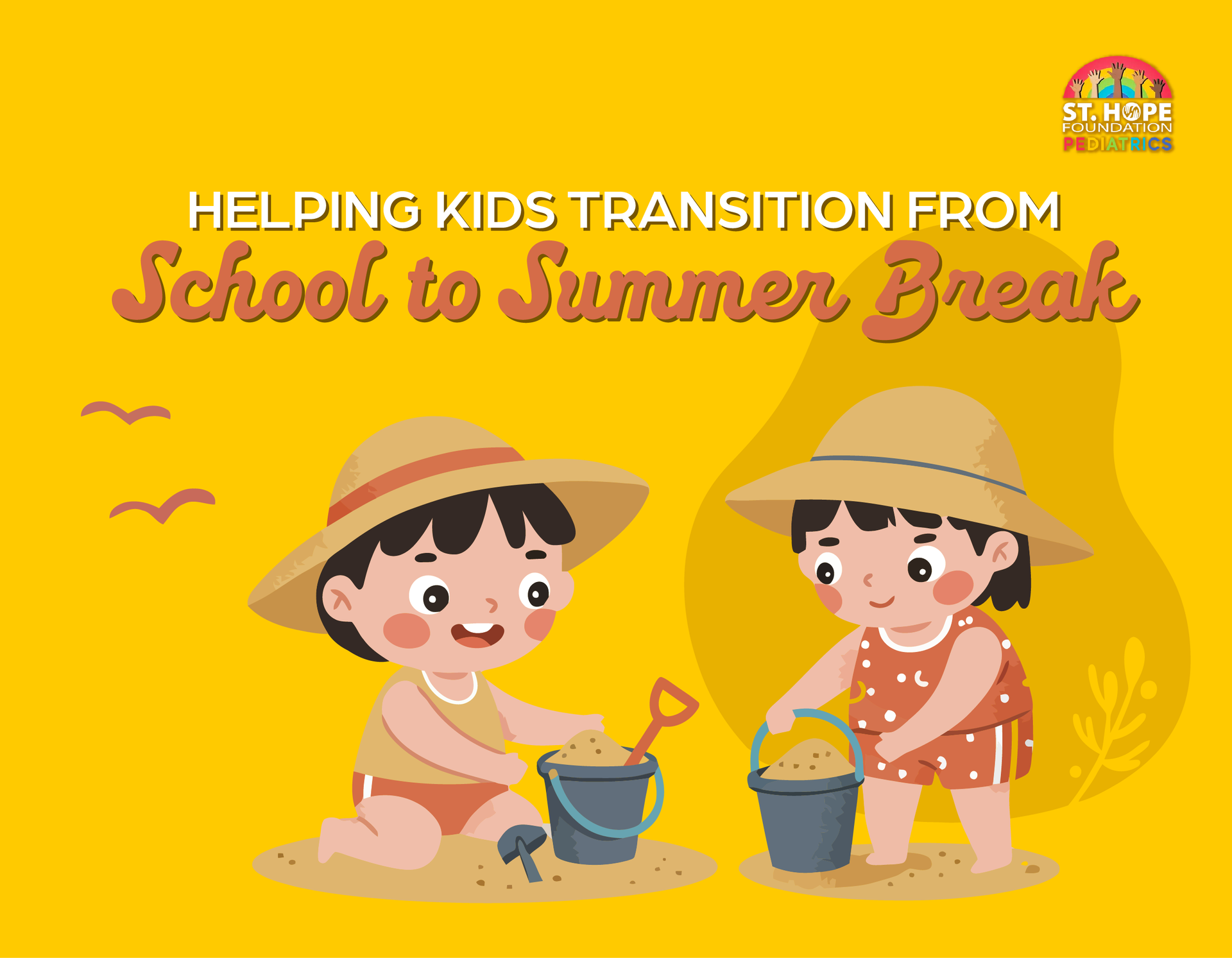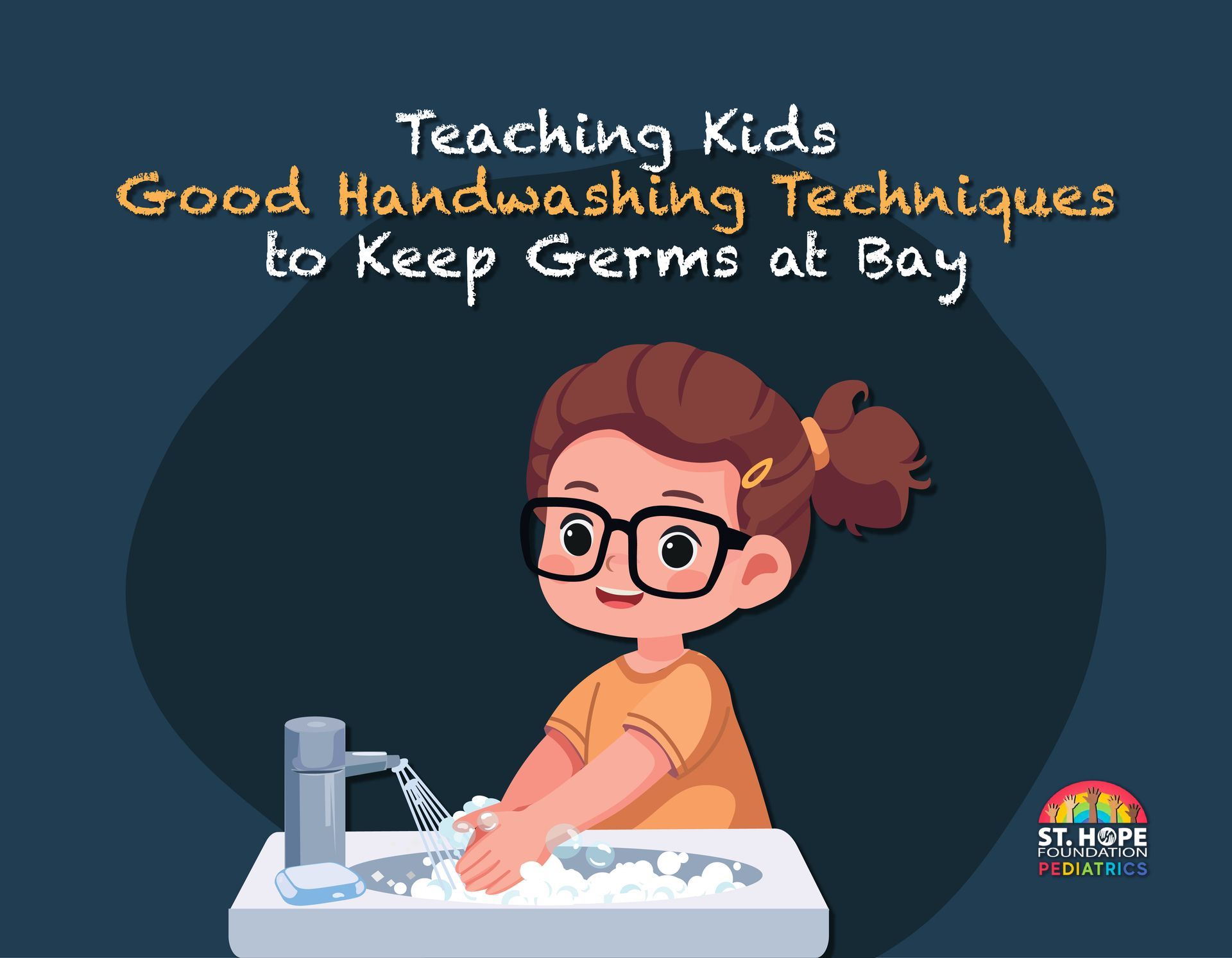
Parents know that kids have an amazing ability to pick up germs at school, on the playground or even just around the house. Handwashing is one of the simplest yet most powerful ways to keep children healthy, but teaching kids to do it effectively can be a challenge.
With flu season, colds and other common illnesses always making the rounds, helping your child develop strong handwashing habits can make a big difference in their (and your household’s) health and well-being.
Why Handwashing Matters
According to the Centers for Disease Control and Prevention (CDC), proper handwashing is one of the most effective ways to prevent the spread of illnesses. Germs can spread quickly through surfaces, handshakes, toys and shared objects. When children touch their face, rub their eyes or put their hands in their mouth, germs can enter the body and cause infection.
By teaching kids good handwashing techniques, you’re not just keeping them safe, but also protecting siblings, classmates and family members.
When Kids Should Wash Their Hands
Children need to know when to wash their hands just as much as they need to know how. Here are some key times to emphasize:
- Before eating snacks or meals.
- After using the bathroom.
- After blowing their nose, coughing or sneezing.
- After playing outside.
- After touching pets or animals.
- When returning home from school, daycare or public places.
Making handwashing a routine during these moments reinforces the habit and helps kids understand why it’s important.
Step-by-Step Handwashing Technique for Kids
To make sure kids are washing effectively, teach them these five simple steps:
- Wet –
Turn on clean, running water (warm or cold) and wet hands.
- Lather – Apply soap and rub hands together to create lather. Be sure they scrub the backs of hands, between fingers and under nails.
- Scrub – Continue scrubbing for at least 20 seconds. A great trick for kids is to sing the “Happy Birthday” song twice in their head while washing.
- Rinse – Rinse hands well under clean, running water.
- Dry – Dry thoroughly with a clean towel or air dryer.
It’s not just about speed. Kids need to understand that rushing through handwashing doesn’t get rid of germs.
Making Handwashing Fun
Let’s face it, kids aren’t always excited about stopping playtime to wash their hands. To encourage good habits, make handwashing engaging:
- Use songs or timers: Singing songs like “Twinkle, Twinkle, Little Star” or using a fun timer can help kids scrub for the full 20 seconds.
- Colorful soaps: Pick soaps in fun colors, shapes or scents to make the process more enjoyable.
- Kid-friendly sinks: Use step stools or faucet extenders so younger children can reach the sink easily.
- Positive reinforcement: Praise your child for remembering to wash their hands without being reminded.
- When kids associate handwashing with fun and independence, they’ll be more likely to stick with it.
Teaching by Example
Children learn best by watching the adults around them. If they see you washing your hands regularly and thoroughly, they’ll be more motivated to follow your lead. Turn it into a family activity and wash hands together before meals or after outdoor play.
This is a good strategy because modeling healthy behavior is one of the strongest teaching tools parents have.
Hand Sanitizer: A Helpful Backup
While soap and water are always best, sometimes they aren’t available. Alcohol-based hand sanitizers (with at least 60% alcohol) can be a helpful alternative. Teach kids to:
- Apply a dime-sized amount of sanitizer.
- Rub hands together, covering all surfaces, until they feel dry.
Remind kids that sanitizer doesn’t work as well when hands are visibly dirty or greasy, so it shouldn’t completely replace soap and water.
Addressing Common Challenges
- Rushing:
Use songs, timers or challenges (like “who can make the biggest bubbles?”) to encourage a full 20-second wash.
- Sensitive skin: Choose mild, fragrance-free soaps if your child’s skin gets irritated. You may want to ask your pediatrician about soaps that might be better for your child.
- Forgetting: Place visual reminders near sinks, like posters or stickers, so kids remember to wash.
Consistency and patience are key. Over time, good habits will stick.
Helping Kids Stay Healthy Year-Round in Houston
At St. Hope Pediatrics, we know that prevention is one of the most powerful tools for keeping kids healthy. From teaching handwashing techniques to answering your questions about illness prevention, our caring pediatric team is here to support your family every step of the way. Whether your child needs a check-up, vaccinations or guidance for staying healthy during school and play, we’re here to help.
Contact us online for more information or schedule an appointment at St. Hope Pediatrics by calling (713) 778-1300.

